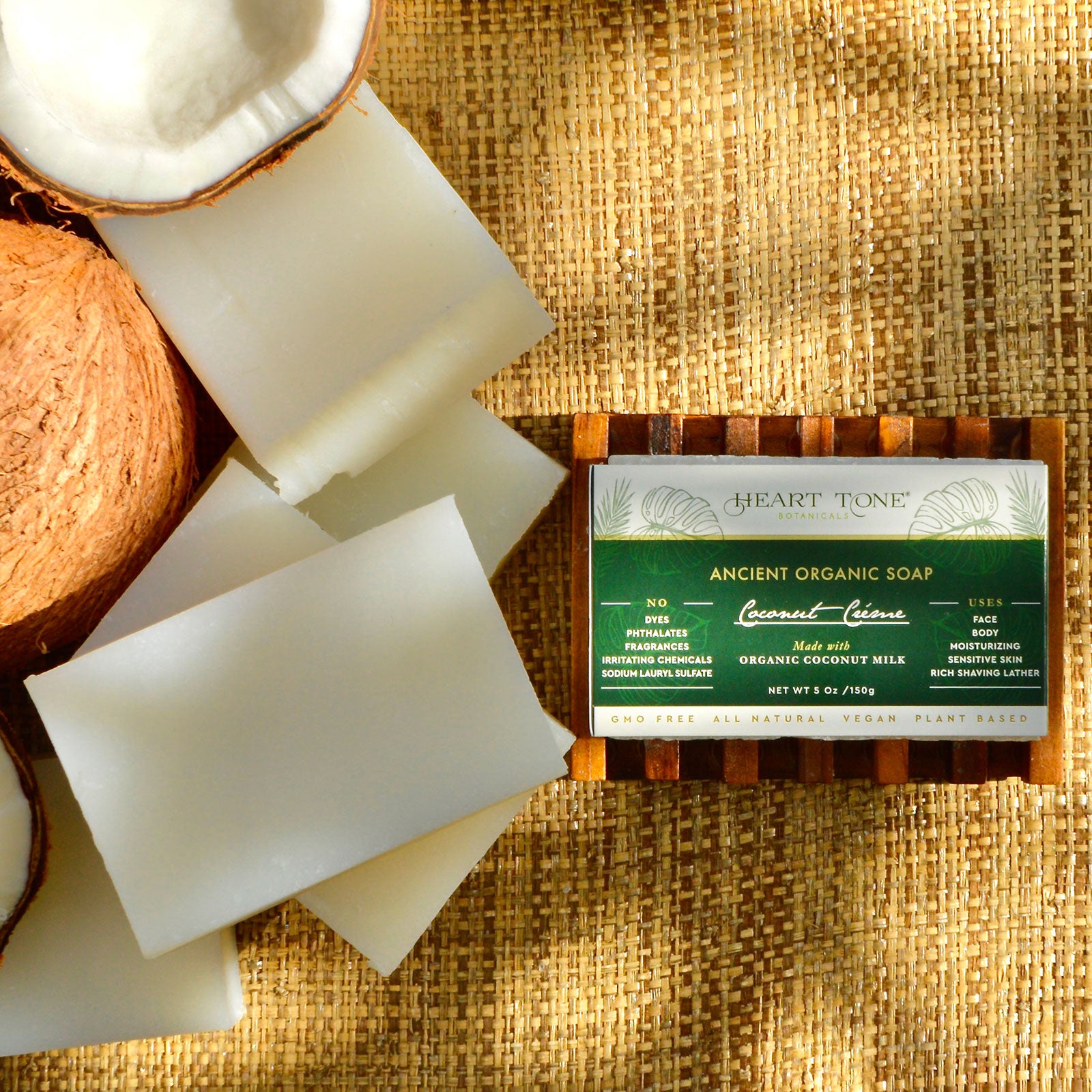When it comes to crafting safe and effective oral care products, every ingredient—and even its microscopic structure—matters. One of the most talked-about ingredients in the world of re-mineralizing toothpaste is nano-hydroxyapatite (n-HAp). But not all n-HAp is created equal.
At Heart Tone Botanicals, we’ve done our homework. We’ve chosen to use spherical-shaped hydroxyapatite crystals—specifically nanoXIM Care Powder from FLUIDINOVA, widely regarded as the gold standard in the world for USP-grade hydroxyapatite. In this blog, we’ll walk you through why we made this choice, and why you should care.
First, Let’s Talk About Particle Size
nanoXIM Care Powder has a particle size of approximately 1.1 microns (1100 nm). This is important.
-
It’s submicron, not “true nano” (which refers to particles under 100 nm).
-
It's small enough to penetrate dentinal tubules—helping to re-mineralize and soothe sensitivity.
-
But it's too large to enter the bloodstream or cross the blood–brain barrier—which is a key safety feature.
Put simply: It’s the sweet spot.
Shape Matters: Spherical vs. Rod/Needle-Shaped Crystals
In the most recent 2025 review by the Scientific Committee on Consumer Safety (SCCS)—a respected EU regulatory body—the shape of hydroxyapatite particles came under close scrutiny.
✅ Spherical n-HAp (like nanoXIM):
-
Safe in toothpaste up to 29.5% and in mouthwash up to 10%.
-
Negligible mucosal absorption in both in-vitro and in-vivo studies.
-
Dissolves safely in gastric fluid when swallowed, releasing calcium and phosphate—no intact nanoparticles detected systemically.
-
No toxicokinetic evidence of it crossing the blood–brain barrier or reaching systemic tissues.
⚠️ Rod/Needle-Shaped n-HAp (true nano <100 nm):
-
SCCS did NOT conclude this form is safe for cosmetic use.
-
Concerns include:
-
Uptake through damaged oral tissues (e.g., ulcers, gingivitis).
-
Potential persistence in organs if absorbed.
-
Lack of adequate studies on distribution, clearance, and accumulation, especially in sensitive areas like the brain.
-
No solid data on how well it dissolves in gastric conditions.
-
Bottom line? Rod-shaped hydroxyapatite raises red flags.
Why We Don’t Use Rod-Shaped Crystals
There’s a reason many EU-compliant oral care brands have reformulated to avoid rod-shaped n-HAp.
Our decision not to use rod/needle-shaped particles isn’t just about avoiding regulatory issues—it’s about prioritizing safety and transparency for our customers.
We believe:
-
Safe remineralization shouldn’t come at the cost of questionable systemic exposure.
-
Ingredient transparency builds trust and long-term relationships with our community.
-
Following the science ensures we're aligned with both global safety standards and common sense.
So, Why nanoXIM Care Powder?
It comes down to three things:
-
Safety – Backed by the latest SCCS evaluation.
-
Efficacy – Proven to adhere to enamel and dentin, supporting natural remineralization.
-
Integrity – Manufactured under USP standards by FLUIDINOVA, a leader in precision-engineered hydroxyapatite.
This ingredient is the foundation of our Living Crystal Toothpaste—designed for those who demand the highest standards in holistic oral care.
Final Thoughts
Hydroxyapatite is a game-changer in fluoride-free toothpaste. But not all forms are created equal. If you're concerned about systemic safety, particle size, and regulatory compliance, know that spherical submicron particles like nanoXIM are where science and safety meet.
We’re proud to share this level of transparency with you. As always, if you have questions, curiosities, or just want to nerd out about enamel science, we’re all ears.
Stay grounded. Stay glowing. Stay Heart Tone.
—The Heart Tone Botanicals Team 💚


Leave a comment
This site is protected by hCaptcha and the hCaptcha Privacy Policy and Terms of Service apply.